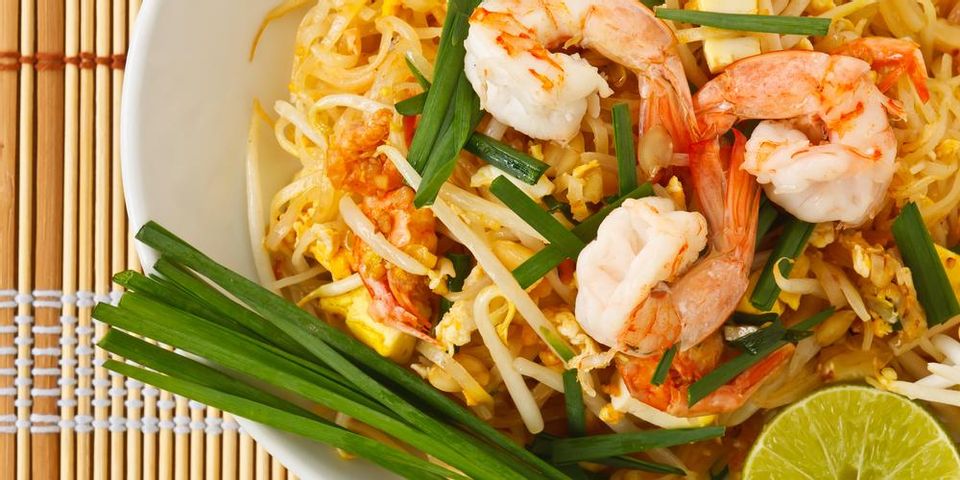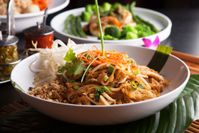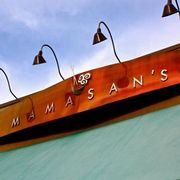
Noodles are a staple of many Thai dishes, with each type used for specific recipes. They have numerous applications, and the staff at Mamasan’s in Rochester, NY want to explain the differences between each, as well as how they compare to other Asian noodles. Whether you’re interested in trying out new cooking ideas or want to learn more about Thai culture, you’ll appreciate this guide.
An Introduction to Thai Noodles
Thai Dishes
Noodles are essential to many Thai dishes. They’re the base of many salads, such as Mamasan’s Peanut Noodle Salad, as well as soups like Pho Ga and Yam Noodle Soup. They show their true versatility in traditional dishes like Phat Thai, Phat Ket, and Phat Xin, topped with various meats, vegetables, and seasonings.
Types of Thai Noodles
 The most distinct feature of Thai noodles is that they’re almost always made from rice. Pad Thai noodles are the most recognizable and are thickly cut to add texture and absorb flavor. Rice noodles come in a variety of sizes: Sen Mee (thin noodles); Sen Lek (medium noodles); and Sen Yai (large, wide noodles).
The most distinct feature of Thai noodles is that they’re almost always made from rice. Pad Thai noodles are the most recognizable and are thickly cut to add texture and absorb flavor. Rice noodles come in a variety of sizes: Sen Mee (thin noodles); Sen Lek (medium noodles); and Sen Yai (large, wide noodles).
Some Thai noodles that are not rice based include egg noodles (sen bah-mee), and Wun Sen, or glass noodles, which are made from mung beans.
What Makes Them Different?
Most Thai noodles do not need to be boiled and can be steeped in hot liquid to achieve their proper texture, which is convenient for cooking. Also unlike Japanese ramen or udon, or Korean somyeon, they contain no wheat. Thai noodles are ideal for stir-frying and absorb flavors very well.
The staff at Mamasan’s have been committed to creating delicious, authentic dishes for their customers since 1984 and incorporate Thai noodles in many traditional and fusion delights. They offer hot and cold noodle salads, soups, and stir-fries. You’ll also find a variety of wines, smoothies, and Thai and Vietnamese drinks. Call (585) 461-3290 to schedule a reservation and visit their website to explore their lunch and dinner menu.
About the Business
Have a question? Ask the experts!
Send your question

